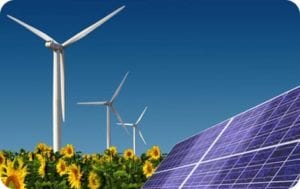Significant progress has been achieved towards modern energy access, increased energy efficiency and renewable energy, but much more is required to achieve the Sustainable Energy for All (SE4ALL) initiative goals by 2030, according to a new report published earlier this week.
The second edition of the SE4ALL Global Tracking Framework(GTF 2015), a multi-agency effort led by the International Energy Agency (IEA) and the World Bank, provides an update of how the world has been moving towards the three SE4All objectives. Heavily reliant on IEA data, GTF 2015 reports progress on selected indicators over the two-year tracking period of 2010-2012 to determine whether movement has been fast enough to meet the 2030 goals. Global Tracking Framework 2015 estimates that, as of 2012, 85% of the global population had access to electricity, translating into more than 220 million people gaining access since 2010. Primary energy intensity (the global proxy for energy efficiency) fell by more than 1.7% a year over the tracking period, still nearly a full percentage point slower than the SE4ALL objective.Similarly, the share of renewable energy in final consumption grew from 17.8% in 2010 to 18.1% in 2012, but the rate of progress needs to almost double to achieve the corresponding SE4ALL objective.








